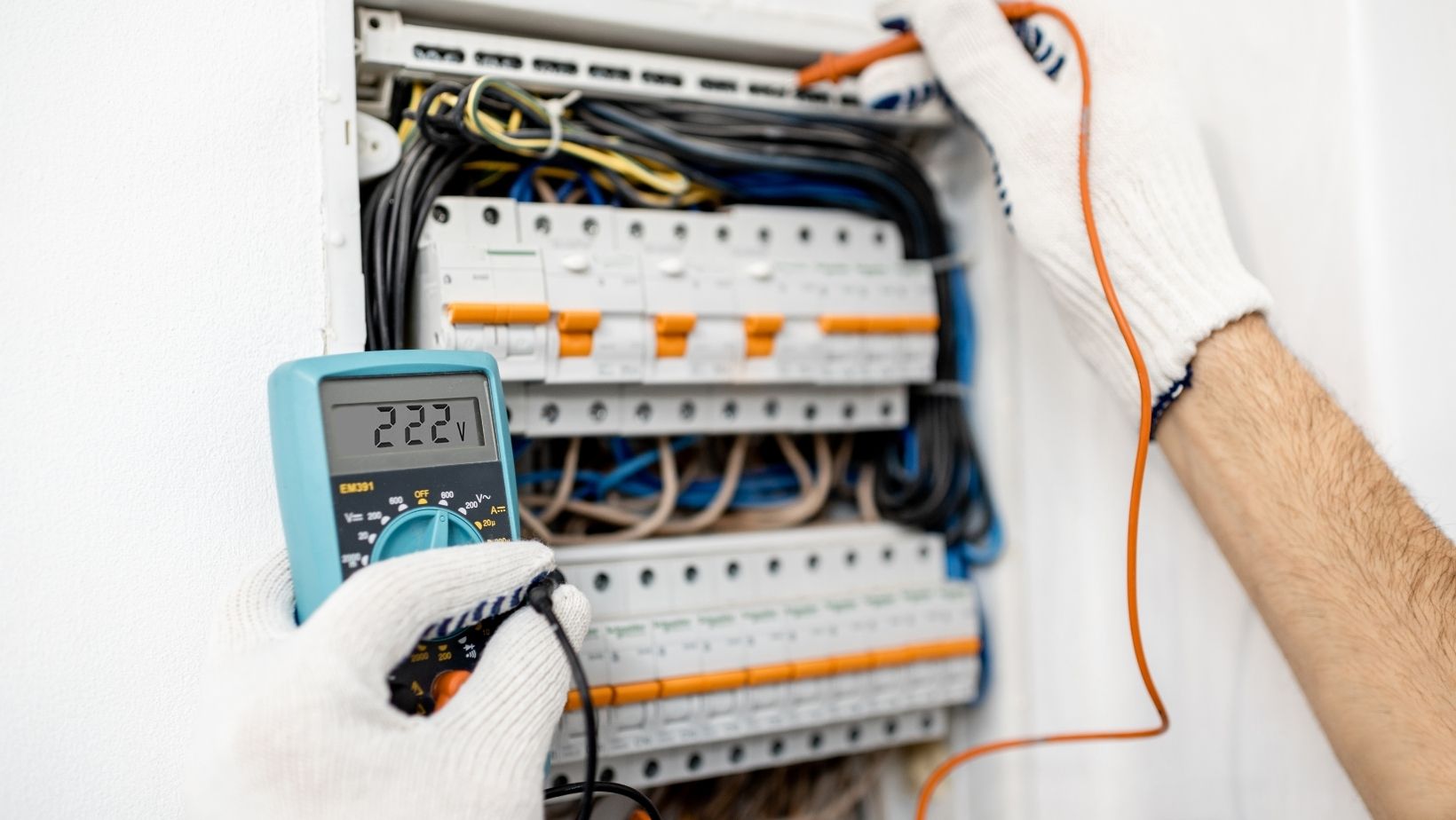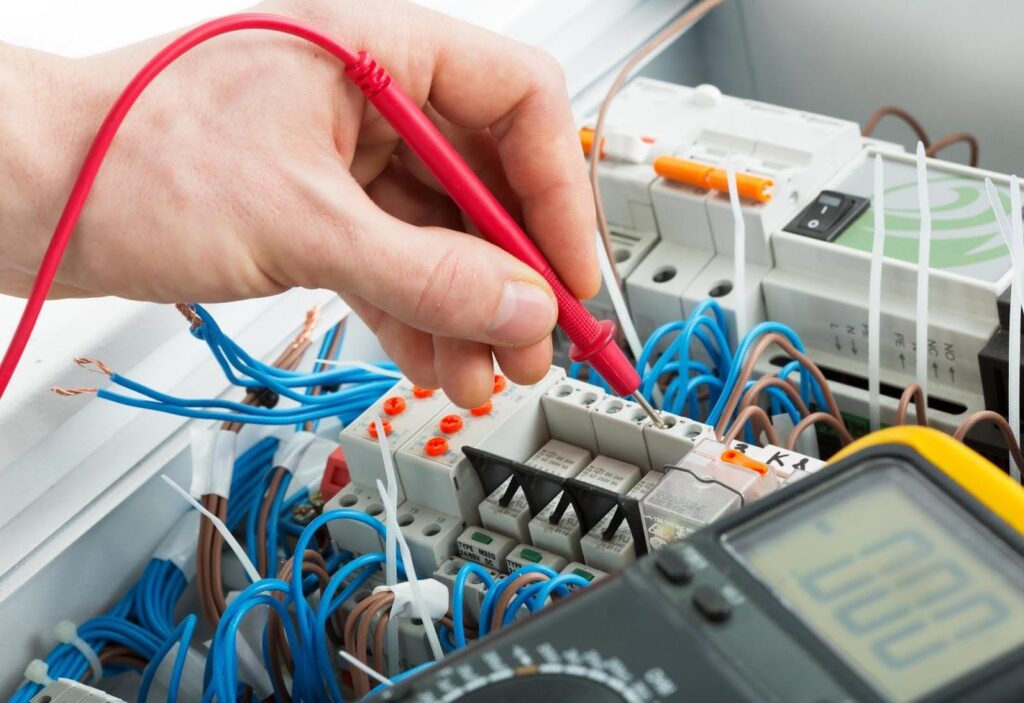Electrical safety in the home is something many people tend to overlook until a problem arises. However, understanding and managing these risks is crucial to ensuring the well-being of all occupants. Electrical mishaps can range from minor annoyances to significant hazards, including fires and electric shocks. The consequences of ignoring electrical safety can be dire, potentially leading to injury or damage to property. This article aims to equip homeowners with practical tips to minimise electrical risks and create a safer living environment.
Understand Your Home’s Electrical System
A good starting point in maintaining electrical safety is to understand the basics of a home’s electrical system. This system includes the electrical panel, circuits, outlets, and wiring that deliver power to your home. Knowing the location of the electrical panel, often found in basements, garages, or storage rooms, is essential for quick access in an emergency. The panel houses circuit breakers, which protect the home from electrical overloads by interrupting power flow when a fault is detected.
Recognising circuit breaker types and their functions can help identify issues early. Some breakers may trip more frequently, indicating a potential problem in that circuit. Additionally, being aware of the condition of wiring and outlets can prevent hazards such as short circuits and electrical fires. Faulty wiring or outdated outlets should be addressed promptly to maintain the system’s integrity.
Regularly Inspect Electrical Cords and Appliances
Visual inspections of electrical cords and appliances are critical in spotting wear and tear that could escalate into more severe issues. Frayed cords or exposed wires should be replaced immediately to prevent the risk of electric shock or fire. It’s also important to avoid using extension cords as permanent solutions. While they provide convenience, they can pose a significant risk if overloaded or used excessively over time.

Unplugging unused appliances is another simple yet effective measure to enhance safety. This practice not only reduces the risk of electrical fires but also conserves energy by eliminating phantom loads—small amounts of electricity consumed by appliances even when turned off. Making these inspections routine can vastly minimise potential risks in the home.
Install Ground Fault Circuit Interrupters (GFCIs)
Ground Fault Circuit Interrupters, or GFCIs, play a vital role in preventing electrical shock by shutting off power when a ground fault is detected. These devices are particularly critical in areas prone to moisture, like kitchens, bathrooms, and outdoor spaces. Installing GFCIs ensures that even the smallest electrical leaks are caught before causing harm.
Testing GFCI outlets periodically is advisable to ensure they function correctly. Most units have a test and reset button for this purpose. However, if there’s any doubt about installation or maintenance, it’s best to seek professional help. Proper installation of GFCIs will significantly enhance the safety of any home environment.
Educate Your Family About Electrical Safety
An informed household is better equipped to prevent and manage electrical hazards. Teaching children about the dangers of electricity helps instil a lifelong understanding of safety practices. Creating a simple safety protocol for all family members to follow will ensure consistency in managing risks.
Encouraging everyone to partake in routine safety checks can also be educational and empowering. Conduct checks to identify frayed cords, overloaded outlets, and misplaced liquids around electrical devices. Furthermore, discussing how to handle emergencies, such as using a fire extinguisher on electrical fires and knowing when to call for help, prepares the family to stay safe when there’s an electrical problem.
Hire a Professional Electrician for Regular Maintenance
Even with the best intentions, some electrical issues require a professional’s expertise. Regular inspections and maintenance by a qualified electrician can uncover hidden problems that might otherwise go unnoticed. Scenarios such as flickering lights, frequent circuit breaker trips, or outlets that spark when used are signals to call in an expert.
Choosing a qualified and licensed electrician is crucial for accurate diagnosis and repairs. Checking credentials and seeking recommendations can guide homeowners in making an informed choice. Furthermore, scheduling an annual electrical safety audit is a proactive measure that can prevent costly repairs and ensure the system is safe and efficient.
Wrapping Up: Reduce Risks, Boost Safety
In summary, electrical safety in the home is an ongoing responsibility that involves understanding the electrical system, inspecting and maintaining equipment, and educating household members. The steps outlined—understanding your home’s system, regularly inspecting cords and appliances, installing GFCIs, educating the family, and seeking professional assistance—can significantly diminish electrical risks. By implementing these measures, homeowners can enjoy peace of mind and a safer environment. Ultimately, taking proactive steps today can prevent potential hazards tomorrow. Share this article with friends and family to help spread awareness and enhance home safety across the community.



